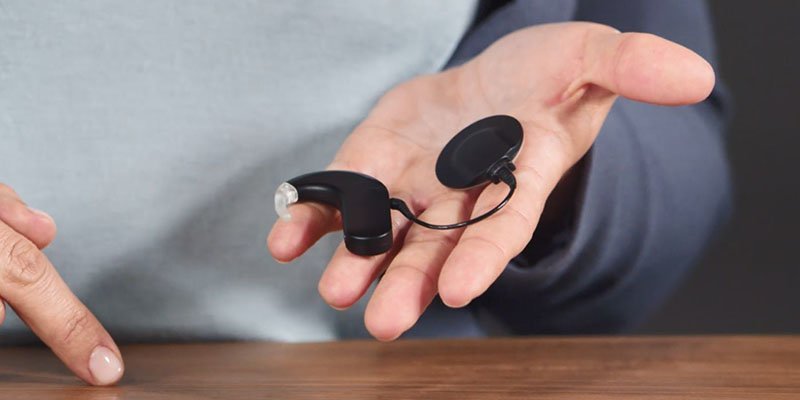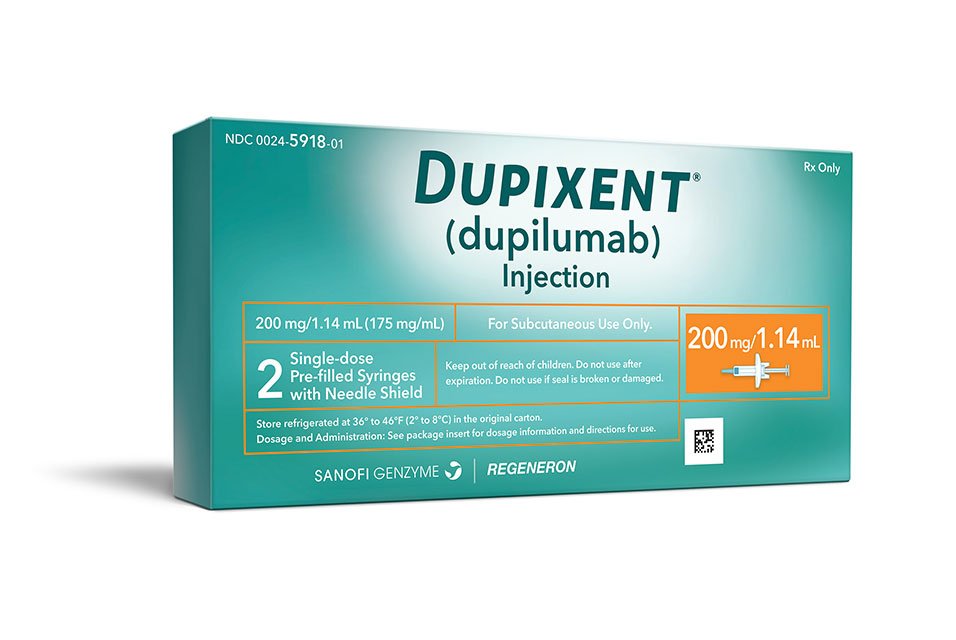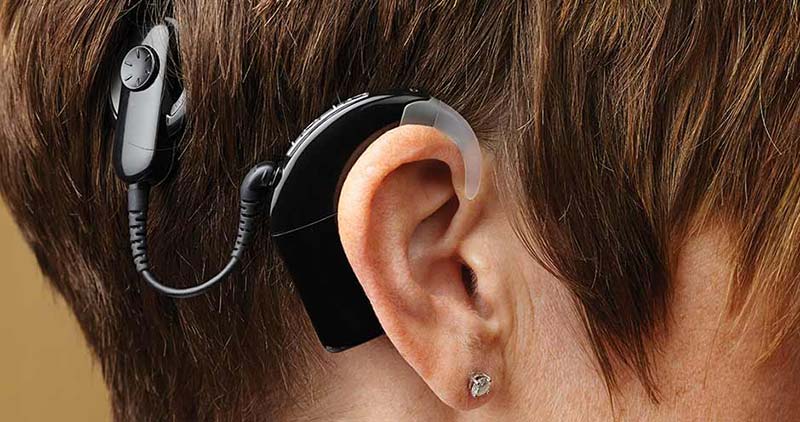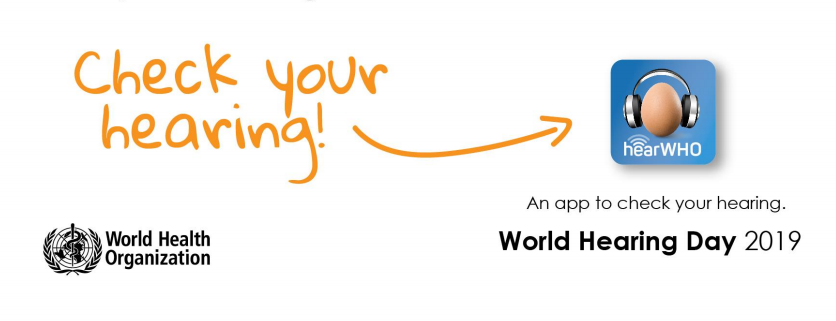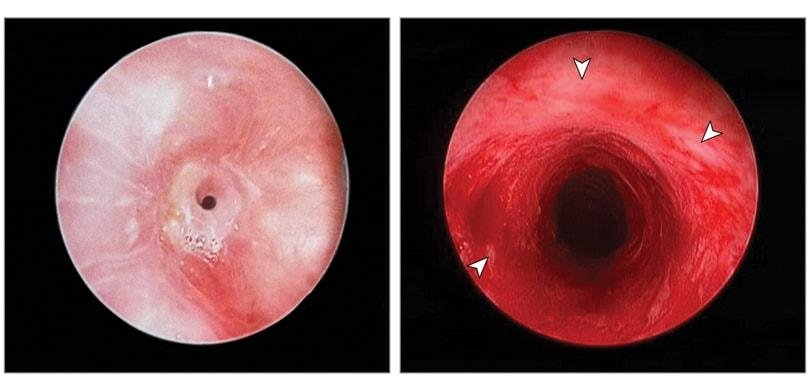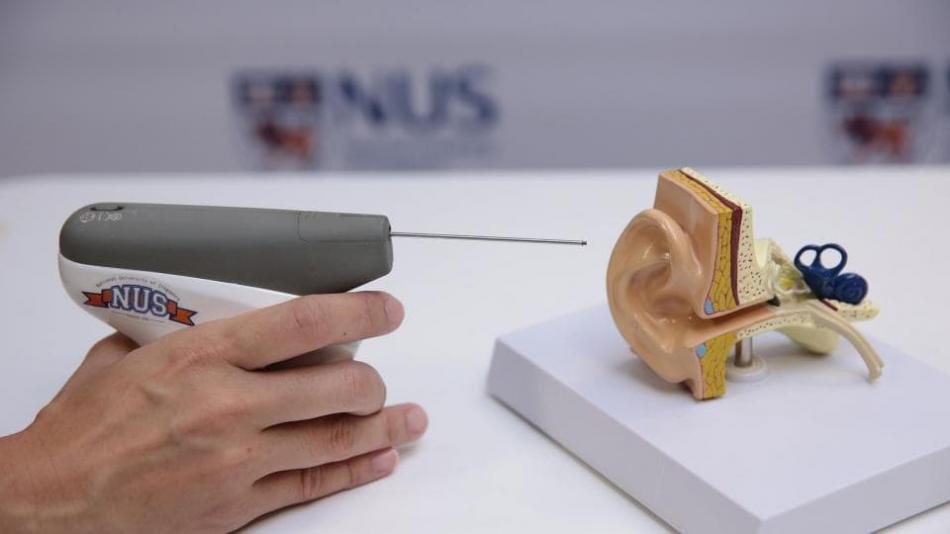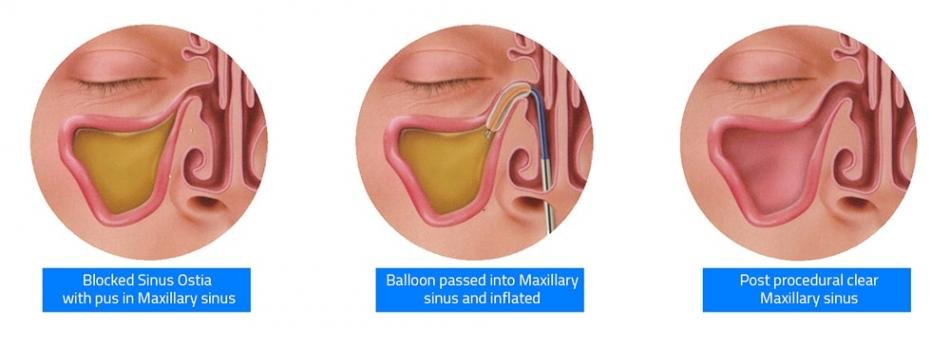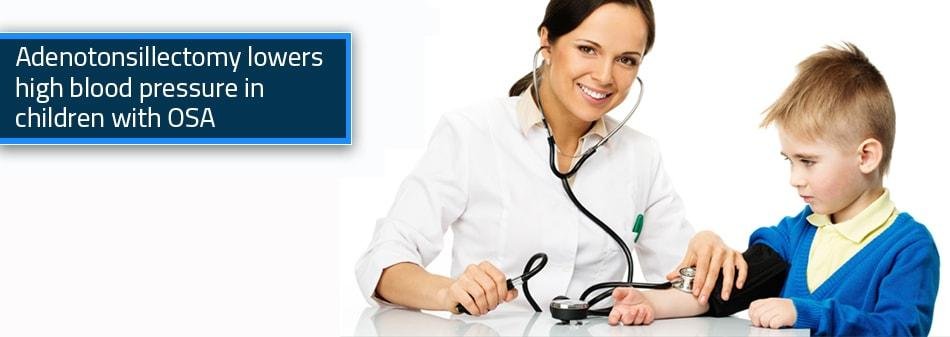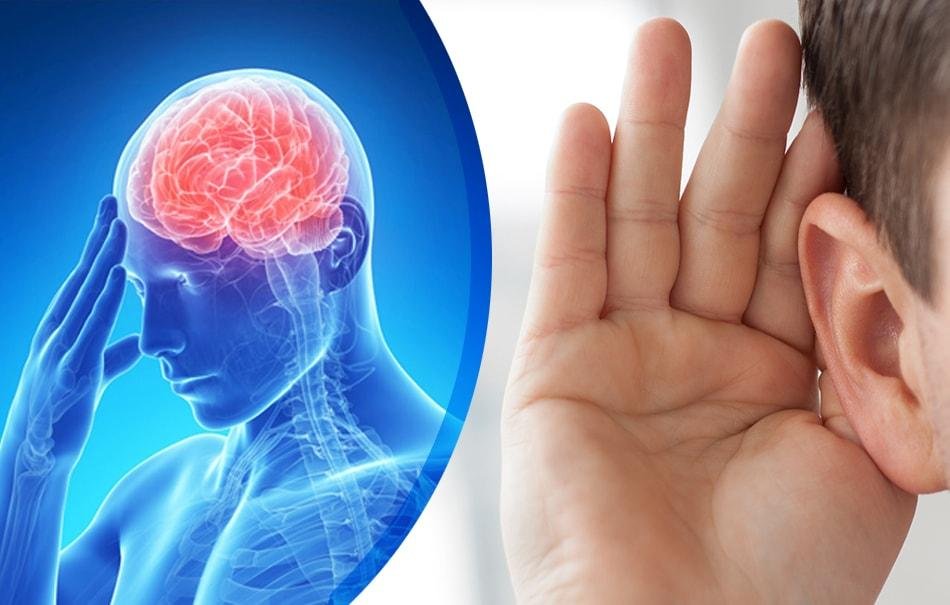“Blog” provides latest contents and news relevant with otolaryngology practice. These include latest news, interviews, updates, reviews, technological advances etc.
FDA Approves Cochlear Implants for Asymmetric, Single-Sided Deafness
Cochlear implants are electronic prosthetic devices used in adults and children with sensory neural hearing loss, who are not benefited by the use of conventional hearing aids. Unlike hearing aids, […]
Posted on
FDA approves Dupixent (dupilumab) as treatment for chronic rhinosinusitis
Chronic rhinosinusitis (CRS) is a clinical condition characterized by prolonged inflammation of the nose and paranasal sinuses which lasts for more than 12 weeks. Signs and symptoms of sinusitis include […]
Posted on
Best practices for Safe Nasal Irrigation
Nasal irrigation, (also termed as nasal rinsing, washout, douching or lavage) is a personal hygiene practice in which a person’s nasal cavity is washed with saline water to flush out […]
Posted on
NICE guidelines for Cochlear implantation in children and adults
The National Institute for Health and Care Excellence (NICE) is a non-departmental public body in England, that provides national guidance and advice to improve health and social care. On 7th […]
Posted on
World Hearing Day
Globally it is estimated that over 5% of the world’s population i.e around 466 million people – have disabling hearing loss (432 million adults and 34 million children). Unaddressed hearing […]
Posted on
WHO launches “hearWHO” app for mobile devices to help detect hearing loss
To mark the World Hearing Day, the World Health Organization (WHO) has launched “hearWHO“, a free application for smart mobile devices which allows people to check their hearing regularly and […]
Posted on
Cell phone radiofrequency could enhance head and neck cancers – New study says
Developments in wireless communication technology over the last twenty years resulted in the increasingly widespread use of mobile phones and wireless systems for communication purposes. This has led to concerns […]
Posted on
Prestin and Otolin 1 – early biomarkers of Noise Induced Hearing Loss (NIHL)
Noise-induced hearing loss (NIHL) is defined as a reduction in auditory acuity (hearing ability) associated with long term exposure to loud sounds. It is the second most common form of […]
Posted on
Replacement of trachea with aortic grafts – a novel treatment for tracheal stenosis
Replacement of trachea after extensive resection still remains as a major challenge for the thoracic surgeons even after decades of intensive research. End to end anastomosis is difficult or almost […]
Posted on
CLiKX – A novel device for treatment of Otitis Media with Effusion in Children
Otitis Media with Effusion (OME), also known as Glue ear, Secretory Otitis Media or Serous Otitis Media is a clinical condition characterized by a collection of non-infected fluid in the […]
Posted on
Role of Balloon dilatation in chronic rhinosinusitis – Clinical consensus statement 2018
Chronic rhinosinusitis (CRS) is a clinical condition characterized by inflammation of the paranasal sinuses that typically lasts beyond twelve weeks. It is caused by infections, allergies, and the presence of […]
Posted on
What’s new in AJCC 8th Edition, Head and Neck section?
The recently released 8th edition of the AJCC TNM Cancer Staging Manual, Head and Neck Section incorporates significant changes based on advances in our understanding of the etiology and certain histologic […]
Posted on
Adenotonsillectomy lowers high blood pressure in children with OSA
Obstructive sleep apnea (OSA) is a spectrum of disorders ranging from simple snoring to complete obstruction of upper airways during sleep, which affects both children and adults. The most common […]
Posted on
Microtia kids get new 3D-printed ears from lab with their own cells
Microtia is a congenital external ear deformity characterized by hypoplasia (incomplete development) of the pinna, ranging from the measurably small external ear with a minimal structural abnormality, to ear with […]
Posted on
Sudden Sensorineural Hearing Loss is an early predictor of Cerebrovascular Accidents
Sudden sensorineural hearing loss is an acute dysfunction of the inner ear that affects men and women approximately equally, with a peak age-related incidence occurring between 50 and 60 years. […]
Posted on
